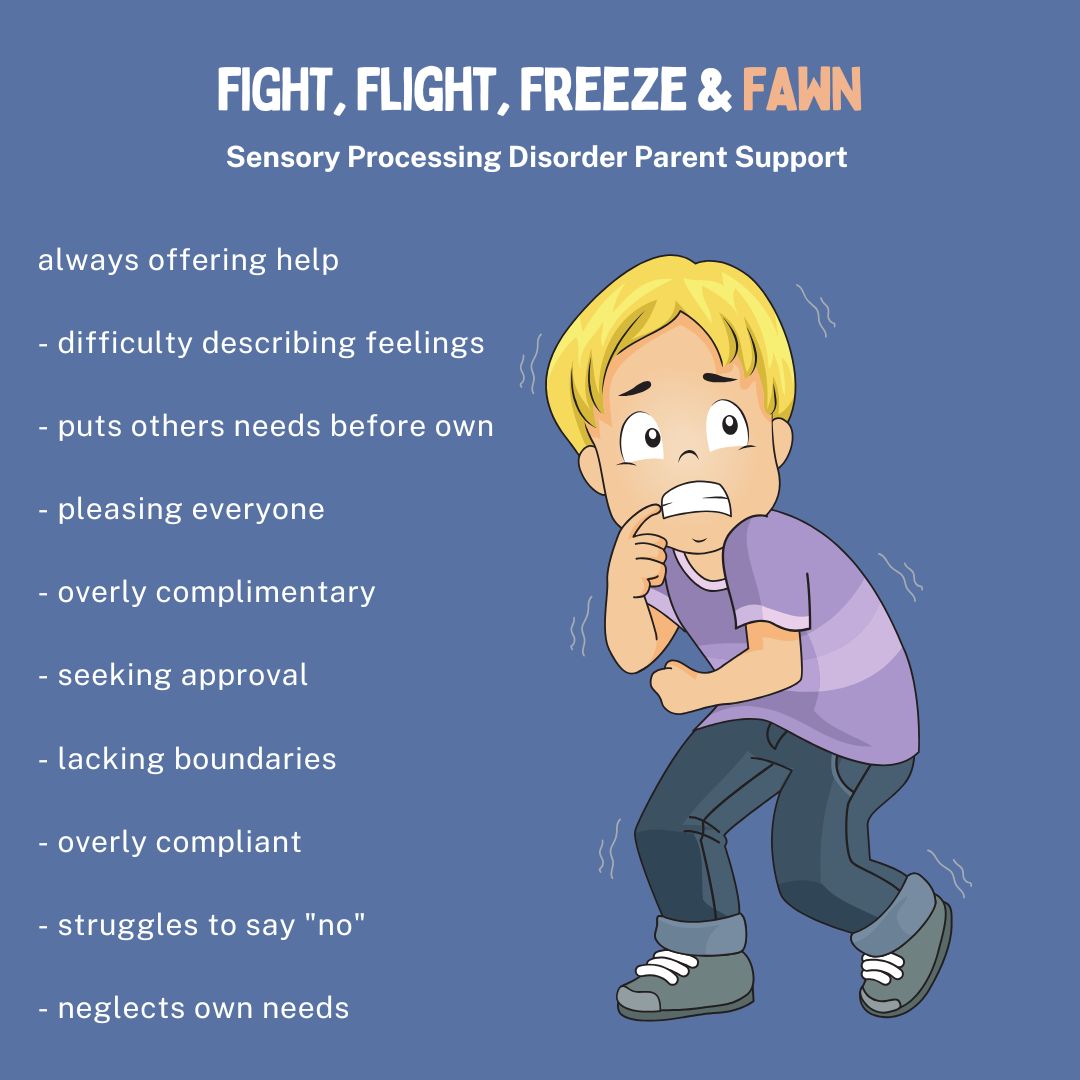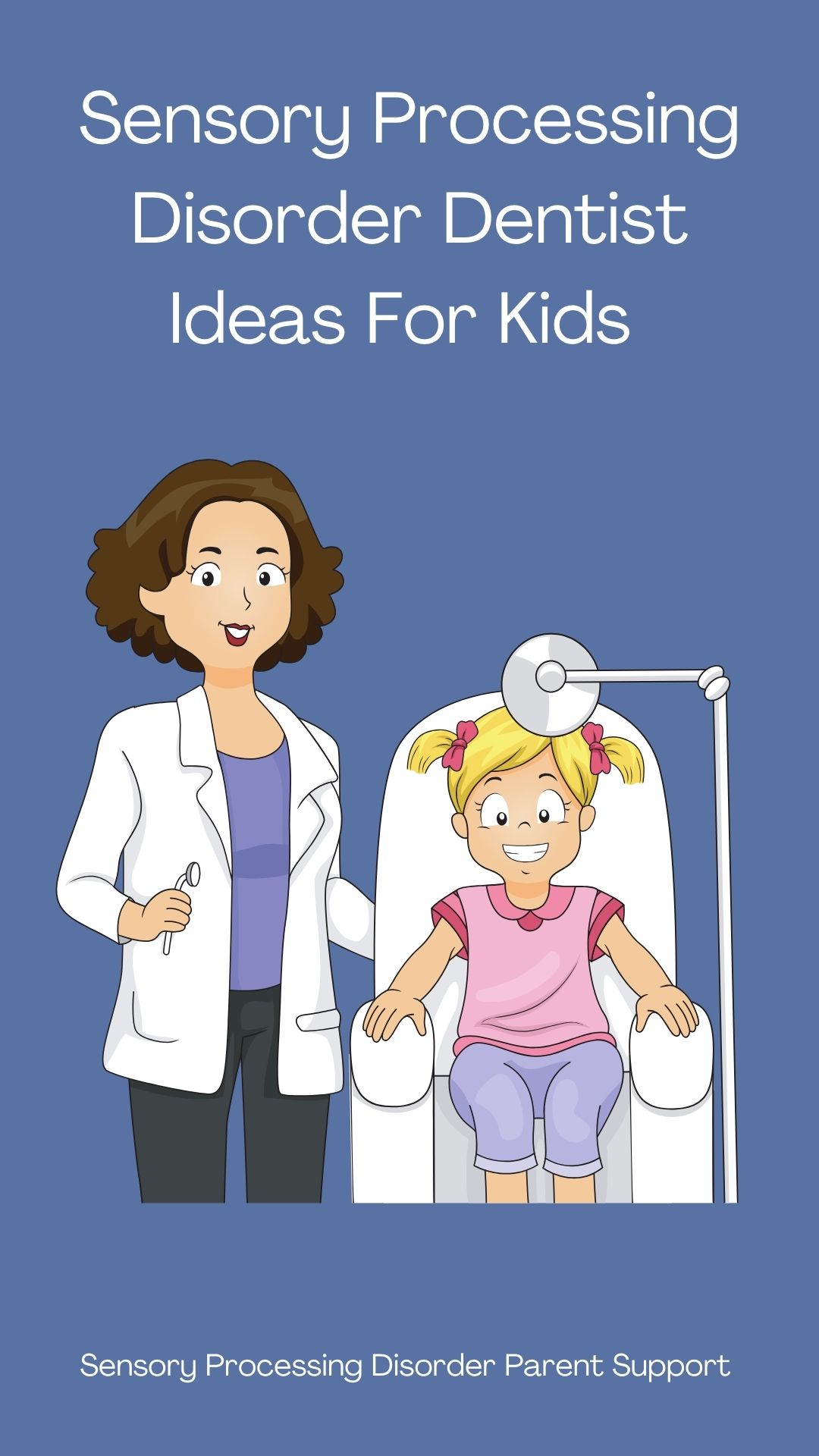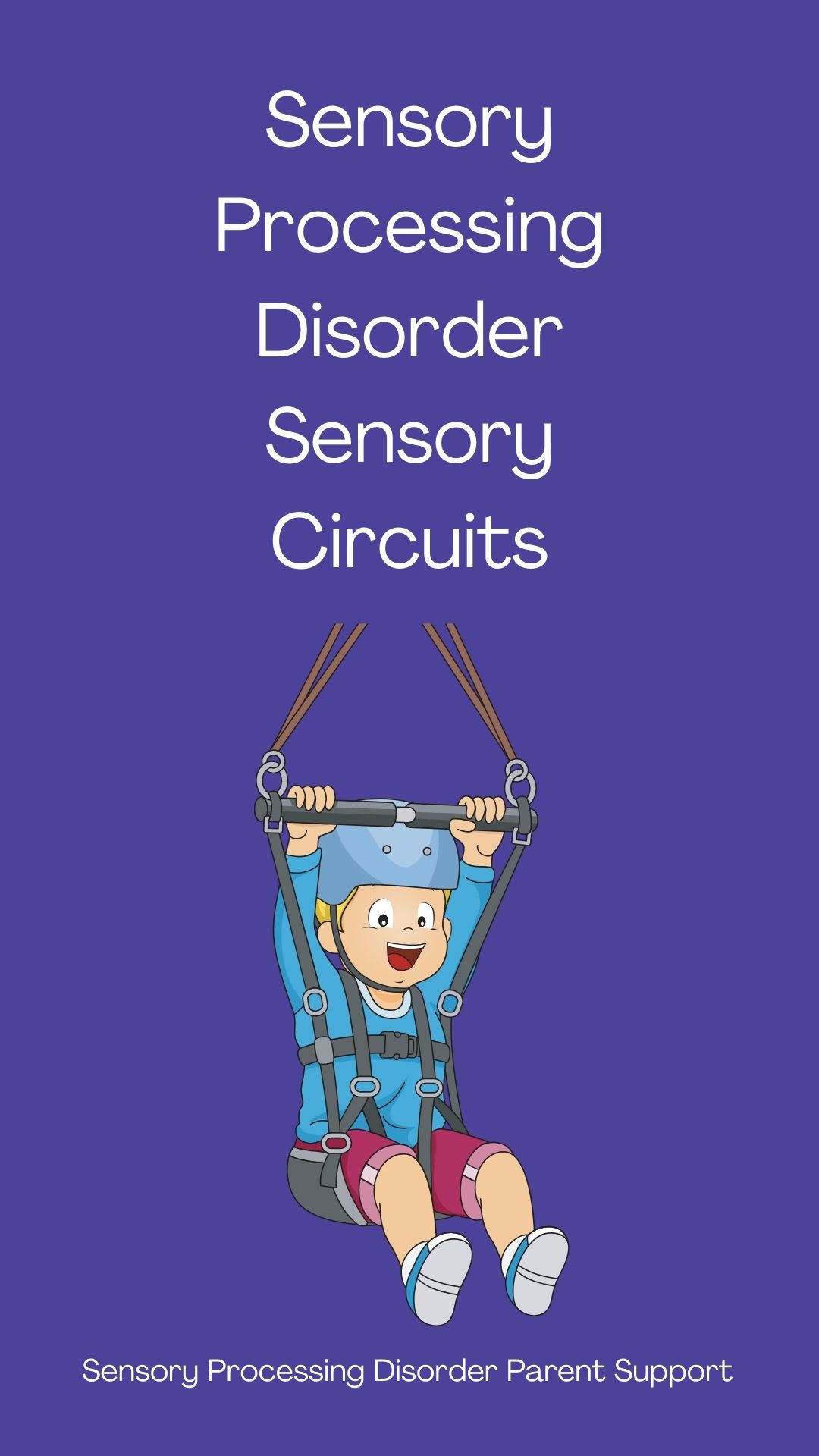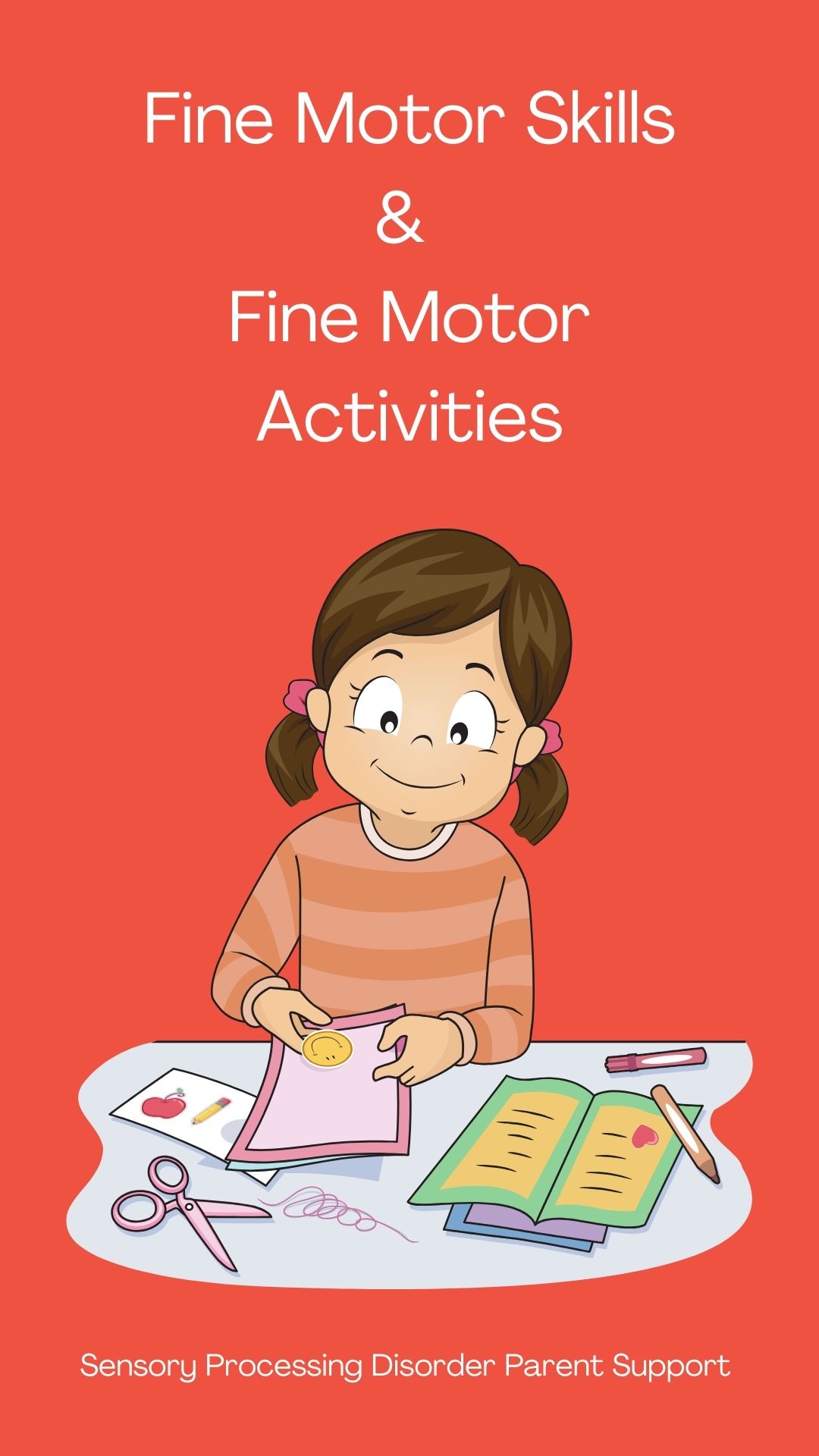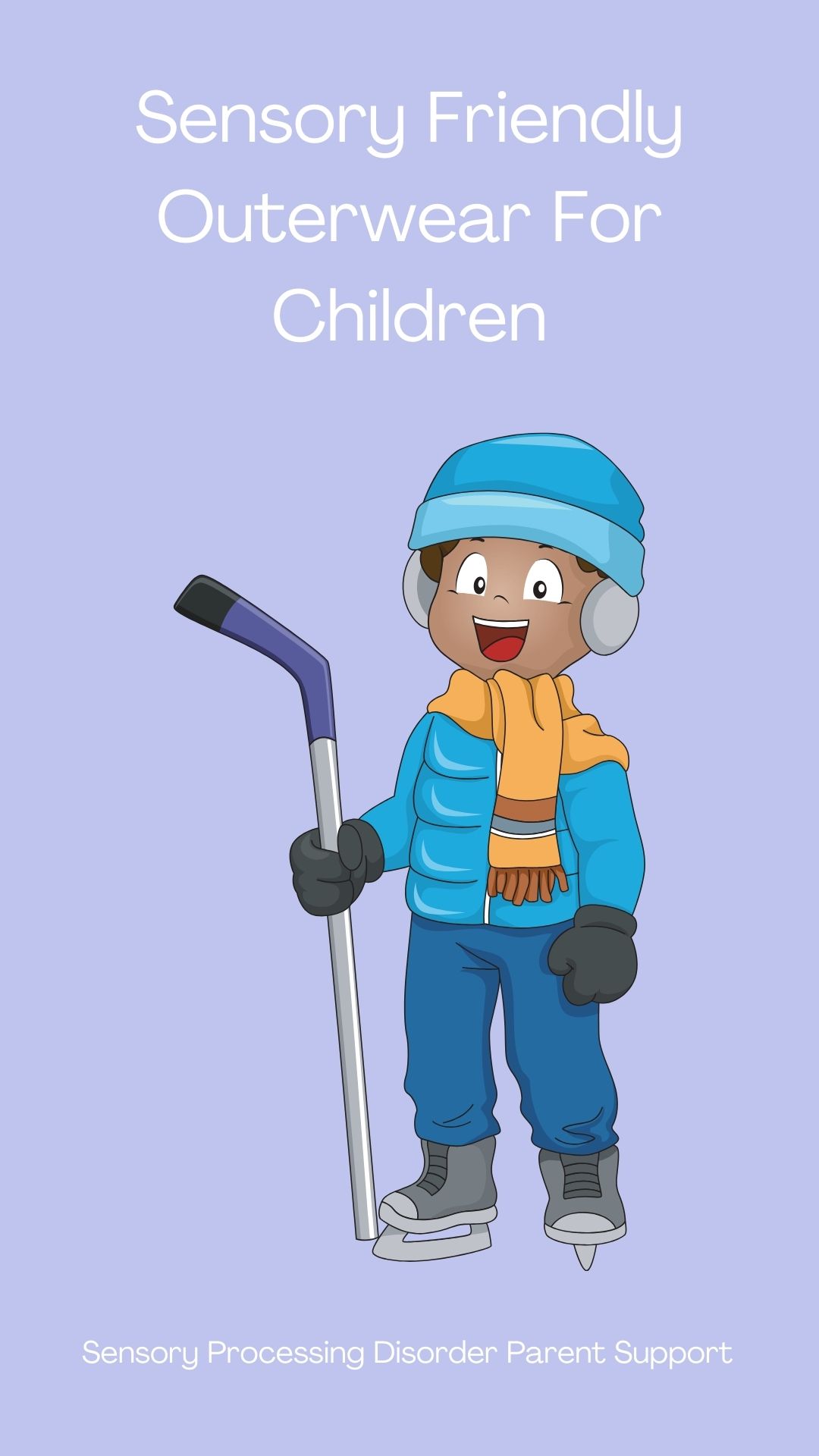
Sensory Processing Disorder Parent Support
Sensory Processing Flight, Fight, Freeze & Fawn
Children with sensory differences ... painting the world beautiful.
Sensory Processing Flight, Fight, Freeze & Fawn
Jeanette Loftus
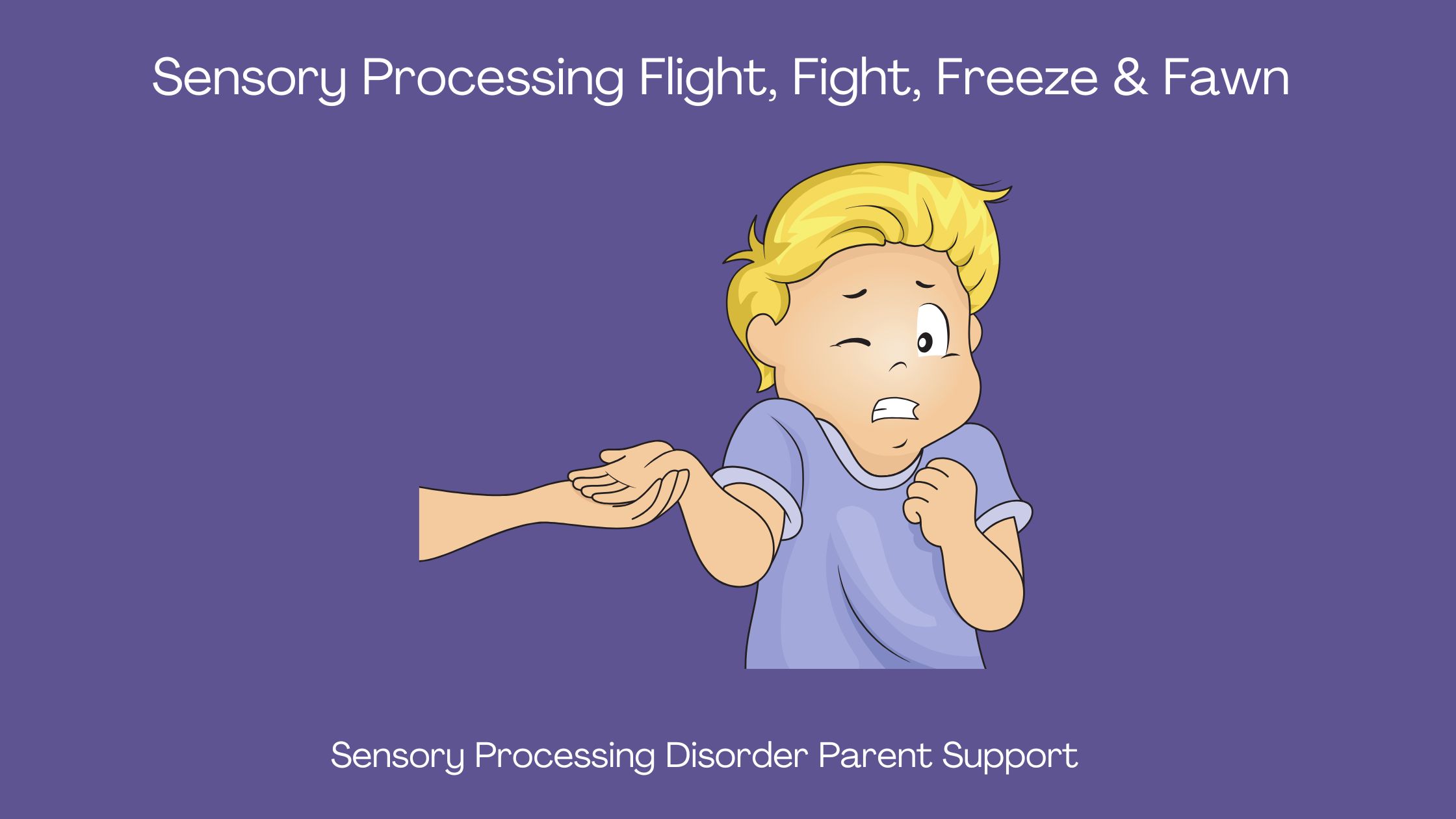
The Flight Fight & Freeze Fawn response is essentially the body's natural reaction to perceived threats or stressors. This response is a combination of four survival instincts: flight, fight, freeze, and fawn. When faced with a potentially overwhelming situation, children with sensory differences may demonstrate one or more of these responses.
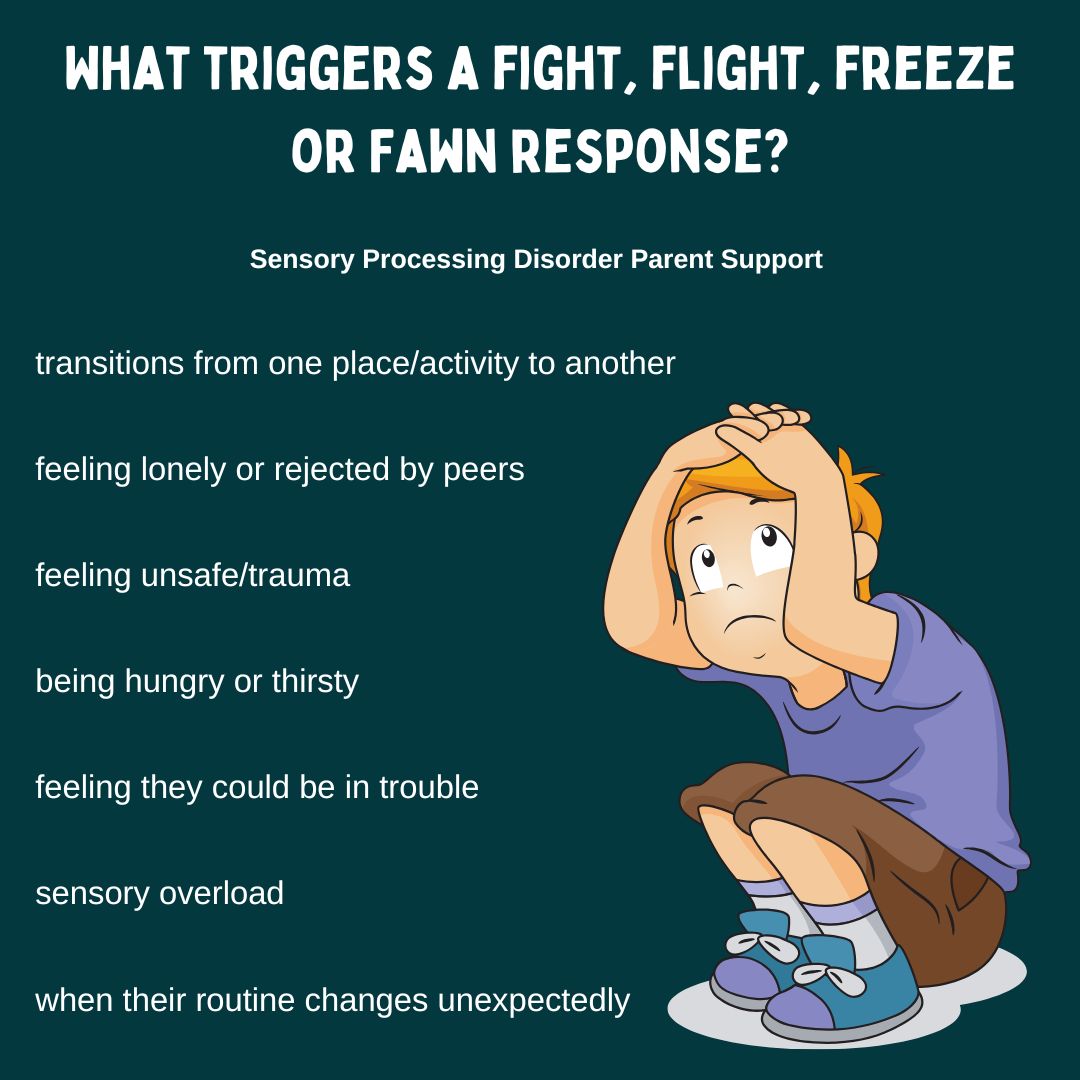
What triggers a fight, flight or freeze response?
- sensory overload
- transitions from one place to another
- feeling lonely or rejected by peers
- feeling unsafe/trauma
- being hungry or thirsty
- transitioning from one activity to the next activity
- feeling they could be in trouble
- when their routine changes unexpectedly
- changes they weren't expecting (unpredictability)
There are many calm down strategies for kids to try. Providing them with a calm down kit or a quiet sensory area can be very beneficial for kids. Ask your child if they would like to try yoga. Yoga can also improve the proprioception and vestibular sensory systems.
Flight, fight, freeze or fawn responses are very difficult for a child to experience. Be supportive. Tell them you love them, support them and are there for them. Ask your child how you can help them. Offer them a hug and reassure them that they are safe.
The symptoms of Flight, fight, freeze or fawn can be challenging for both children. Children may feel overwhelmed and anxious, leading to difficulties with attention and behavior. They may also struggle with social interactions and forming relationships, as their responses may be misinterpreted by others.
There is a part of our brain called the amygdala. The amygdala is like an alarm and as soon as we feel stress, anxiety, worry, fear or danger our alarm goes off. This is the part of our brains that start the Flight, fight, freeze or fawn.
When you notice that your child is getting overwhelmed acknowledge what they are experiencing and show compassion and understanding. Children often don't understand big feelings and emotions. This can lead to a child feeling extremely overwhelmed, anxious and lead them to a meltdown.

Fight
- aggressive
- demanding
- controlling
- noncompliant
- hitting and punching
- biting
- crying
- hands in fists
- lying
- blaming
- argumentative
- acting silly, angry or furious
- being defiant
- hyperactive
- throwing things
- possibly threatening
- cursing
We all experience anxiety from time to time and it is a normal part of life, but it can become very overwhelming for some more than others. Anxiety can affect our bodies, feelings and thoughts.
Anxiety can cause different reactions for everyone. When someone struggles with anxiety, they can learn strategies to manage the anxiety in our bodies, feelings, thoughts and our reactions too.
There are several types of childhood anxieties. Separation anxiety Obsessive Compulsive Disorder, Selective Mutism, Specific Phobias, Generalized Anxiety Disorder, social anxiety disorder, Panic Attacks and Post-Traumatic Stress Disorder.
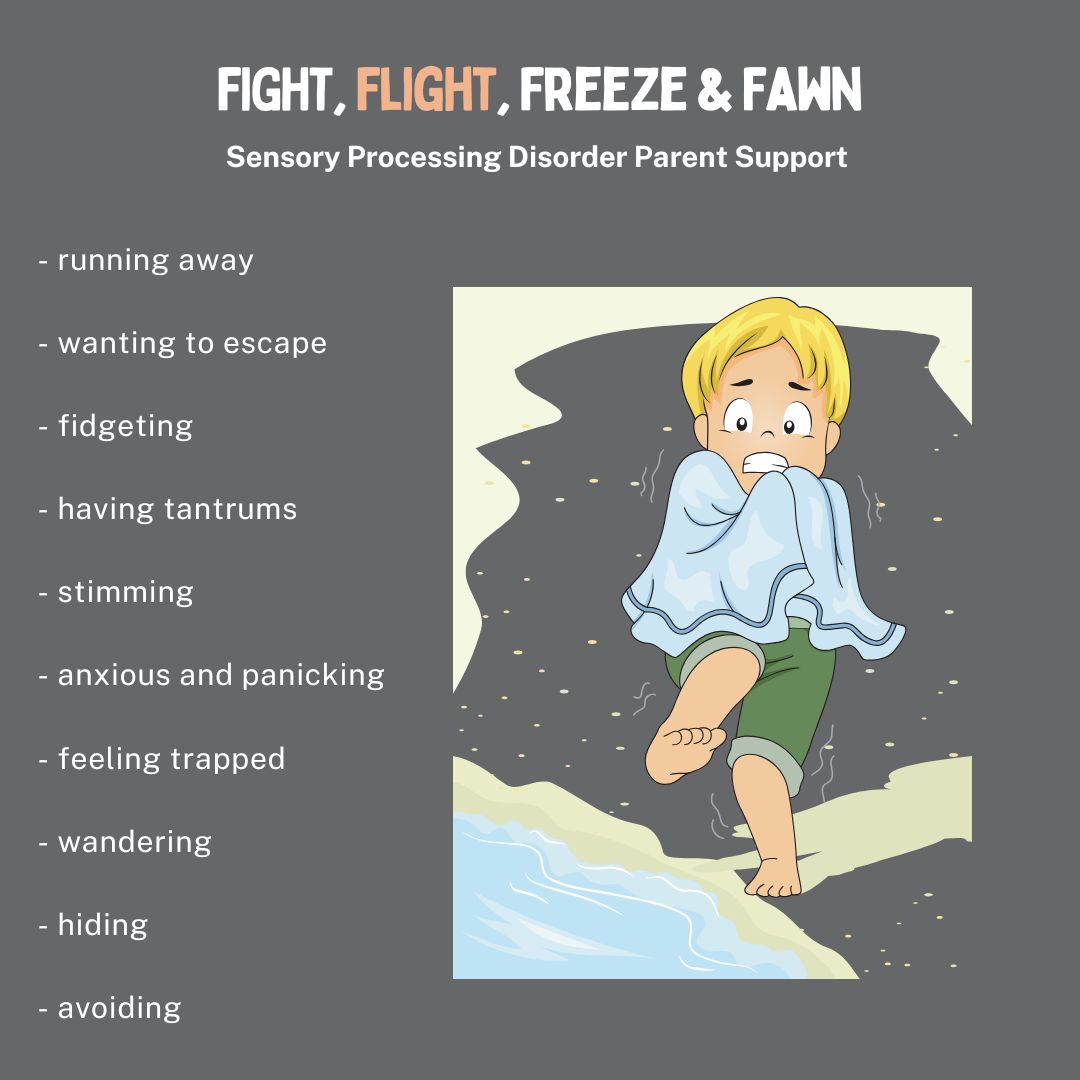
Flight
- not paying attention
- running away
- wanting to escape
- fidgeting
- stimming
- tense
- feeling trapped
- moving away from everything
- anxious and panicking
- unfocused
- wandering
- hiding
- avoiding
Managing the Flight, fight, freeze or fawn response can be exhausting and emotionally taxing. Witnessing a child in a state of distress can trigger feelings of helplessness and frustration. It is important for parents to seek support and education on how to best support their child.
It can be an incredibly overwhelming and distressing experience as a parent watching your child experience these responses. . Children may feel out of control, scared, and unable to cope with their environment. They may also struggle with self-esteem and feelings of insecurity, as their responses to sensory input may be seen as challenging by others.
It is very important for parents to understand and validate a child's sensory differences and the resulting responses. Rather than trying to change the child's behavior, it is important to create a safe and supportive environment that allows the child to regulate and cope with their sensory experience.
Flight, fight, freeze or fawn response is a common manifestation of sensory processing disorder in children. It is a combination of four survival responses Flight, fight, freeze or fawn – that children may exhibit when faced with overwhelming situations.
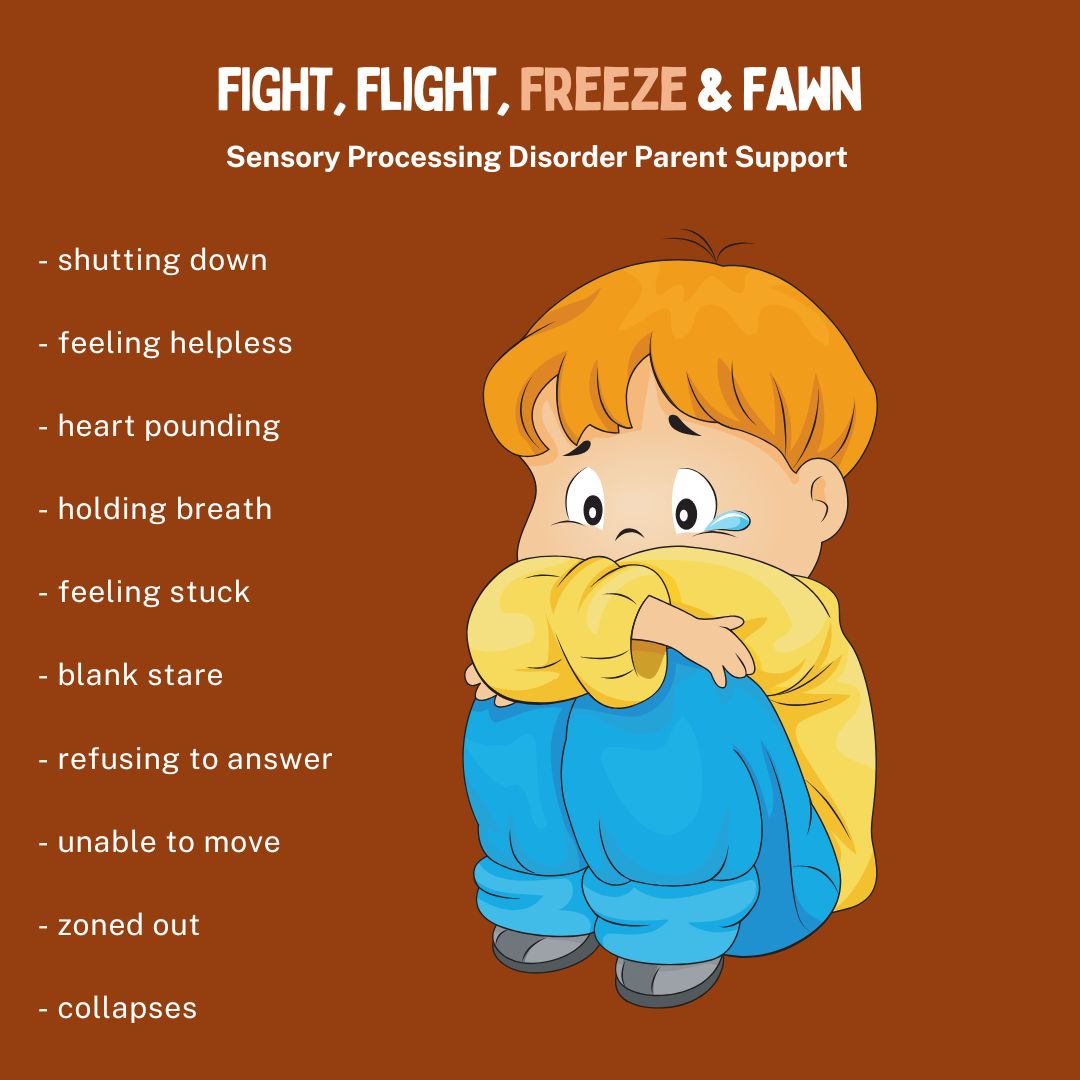
Freeze
- feeling helpless
- heart pounding
- restricted breathing
- decreased heart rate
- holding breath
- feeling numb
- feeling stuck
- blank stare
- refusing to answer
- unable to move
- zoned out
- collapses
- verbally unresponsive
- wanting to hide
- shutting down
Consult with your child's doctor or therapist if you are concerned for your child. Keep your child's environment as calm as possible while they are experiencing anxiety and Flight, fight, freeze or fawn reactions.
Practice mindful activities and breathing techniques regularly even when your child is not needing them in that moment. Children who have sensory processing disorder should have sensory breaks throughout the day to keep them regulated,
They need a sensory diet regularly, even when they are not displaying the need for it. We should not wait until they are already dysregulated to accommodate their sensory needs.
